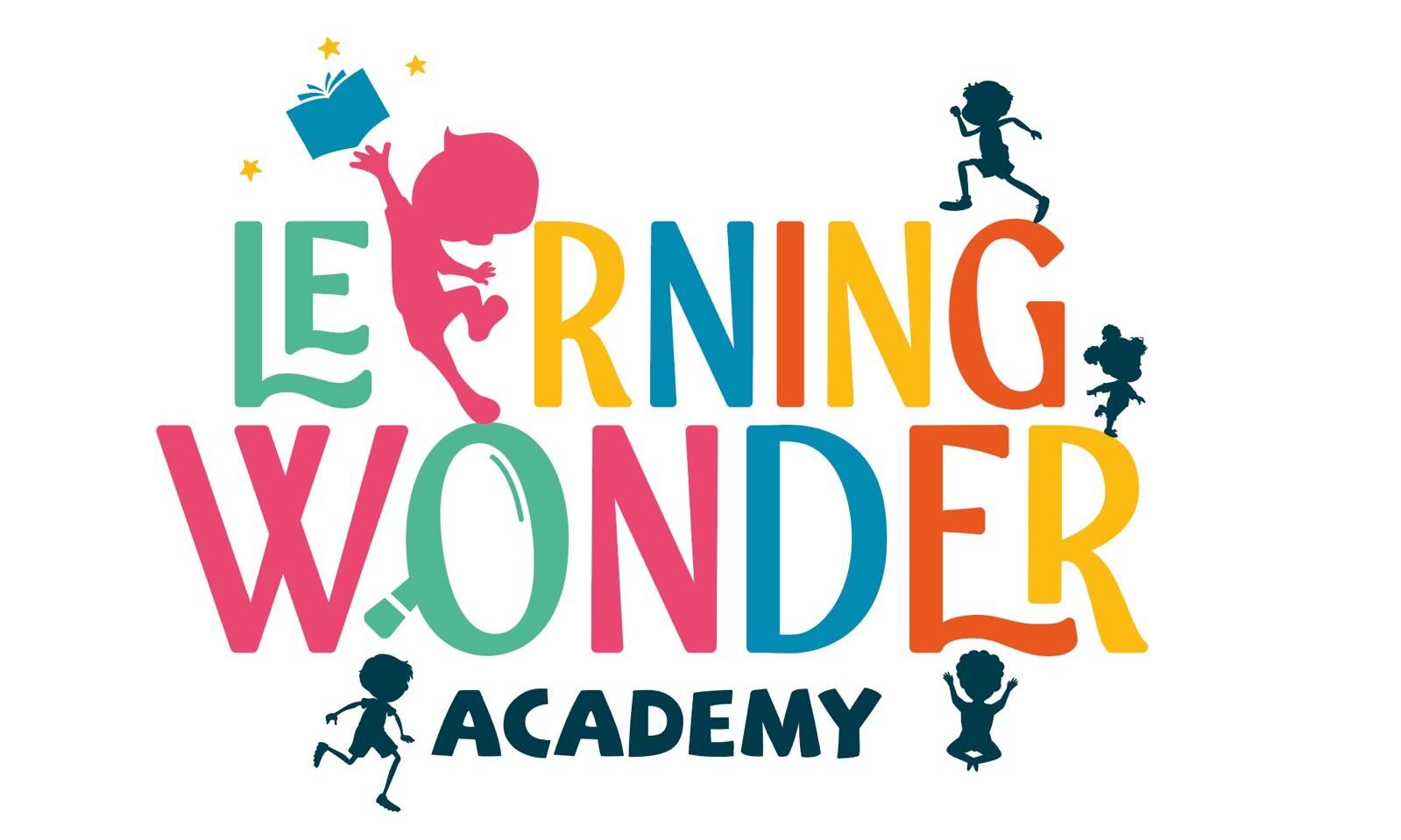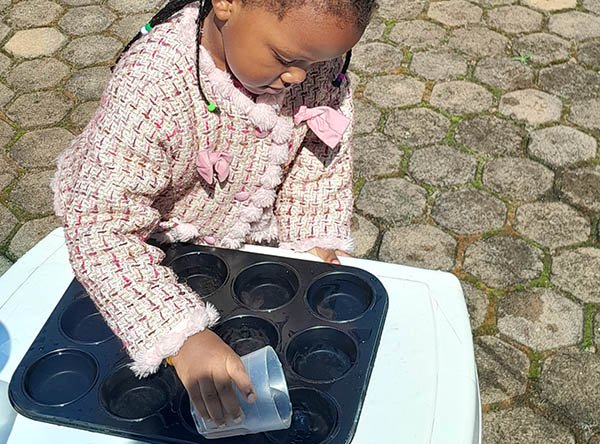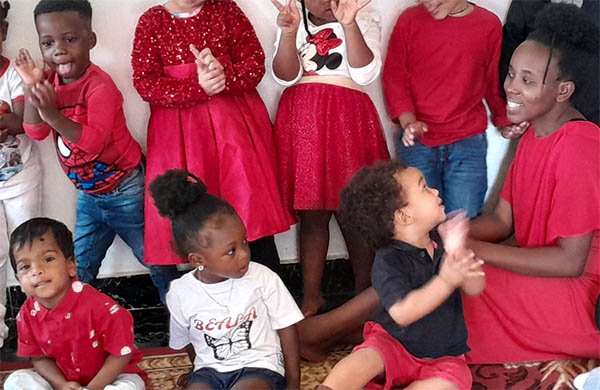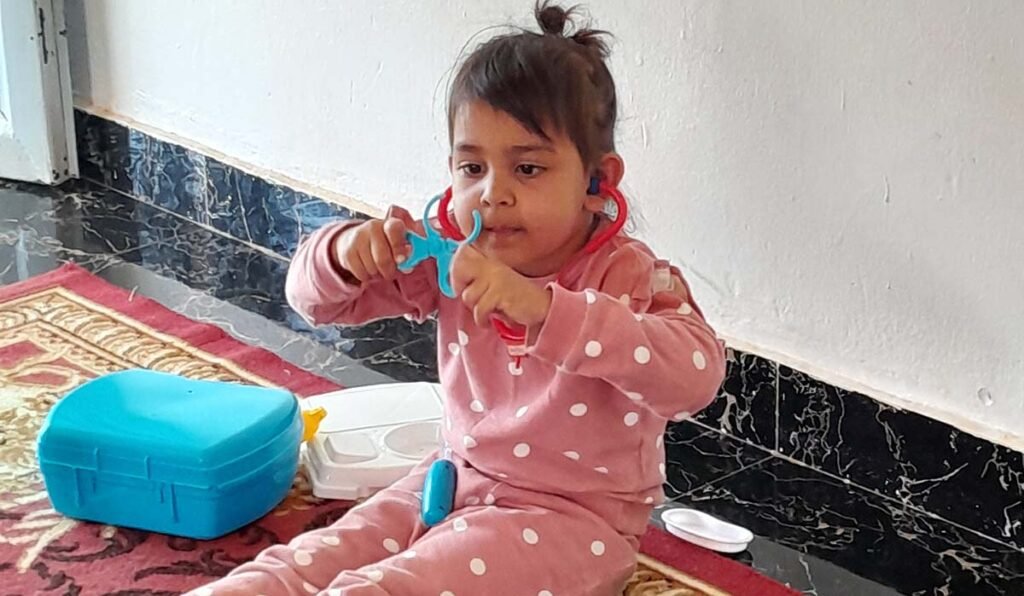When it comes to early childhood development, playtime isn’t just about having fun—it’s a crucial part of learning. For toddlers in preschool or nursery, the right toys can do wonders in helping them build cognitive, motor, and social skills. Teachers, with their firsthand experience, know which toys truly make a difference in a child’s development. So, whether you’re a parent, guardian, or early childhood educator, these teacher-recommended learning toys are perfect for sparking curiosity and promoting growth in little learners.
Building Blocks (Wooden or Plastic)
Building blocks are a classic, versatile toy that promotes creativity, problem-solving, and fine motor skills. By stacking, sorting, and building, children practice hand-eye coordination and learn concepts like balance, symmetry, and gravity.
How They Benefit Kids:
- Encourage spatial awareness
- Boost fine motor skills and coordination
- Help children learn shapes, colors, and basic math skills
Best Picks: Look for sets that include a variety of shapes and sizes, allowing for more creative play and problem-solving challenges. Some sets even come with numbers or alphabet blocks, offering a way to integrate early literacy and math learning.
It's always better to start them on easier tasks, because then they feel successful, and that spurs them on, so they'll learn more.
John Doe Tweet
Shape Sorters
Building blocks are a classic, versatile toy that promotes creativity, problem-solving, and fine motor skills. By stacking, sorting, and building, children practice hand-eye coordination and learn concepts like balance, symmetry, and gravity.
How They Benefit Kids:
- Develop shape recognition and categorization
- Strengthen hand-eye coordination
- Teach persistence and patience as kids work through trial and error
Best Picks: Opt for shape sorters that include vibrant colors and multiple shapes to keep children engaged. Some versions even incorporate sounds or music when the correct shape is inserted, adding an auditory element to the fun.
Stacking Toys
Stacking toys, such as stacking rings or cups, help children refine their fine motor skills while also introducing them to concepts like size, sequence, and color. This type of toy encourages exploration and independent play.
How They Benefit Kids:
- Foster concentration and patience
- Teach size and color differentiation
- Improve hand-eye coordination and balance
Best Picks: Choose stacking toys that are easy for little hands to grip and safe to chew on (because we all know toddlers love putting things in their mouths!). Look for vibrant, non-toxic, and BPA-free materials.
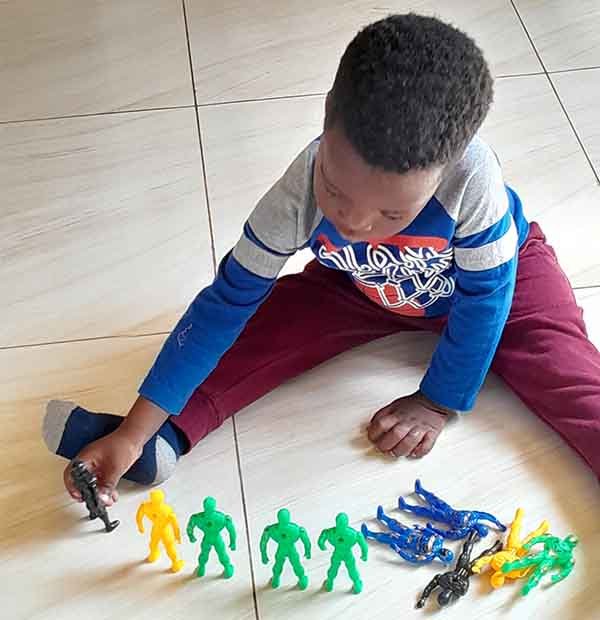
Numbers and Counting
Get your kindergartner to look for the numbers one through 30 in magazines and newspapers. He can cut them out, glue them on paper, and put them in order. When you’re riding in the car or waiting in line, play a game of “What comes next?” Give your child a number and ask him to identify the following number. At bedtime, ask him to count how many stuffed animals he has, and ask, “How many books about dogs do you have? How fast can you count them?” Take two of these books away and ask, “How many are left?”
- Kids this age will learn to recognize, write, order, and count objects up to the number 30.
- They will be able to add and subtract small numbers (add with a sum of 10 or less and subtract from 10 or less); this focus on addition and subtraction will continue through second grade.
- Kids will learn how to name and describe common shapes (circle, square, triangle, rectangle) and to identify, sort, and classify objects by color, size, and shape.
